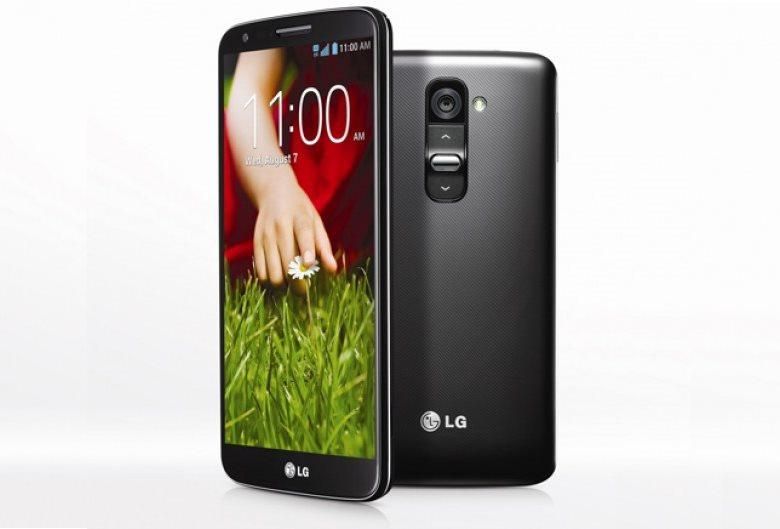Each year almost every manufacturer releases a flagship device. It’s got the latest and greatest hardware, the best specs, and all the latest bells and whistles in the software it’s running. Samsung released the Galaxy S 5, Apple released the iPhone 5S, HTC released the One M8, LG released the G3, and so on. Sure, a few corners may be cut along the way, but essentially, it’s the device that particular manufacturer wants you think of when its name comes to mind.
The downside to flagships are their relative expense. High-end components come with a high-end price tag, as does limited supply and increased demand. Whether or not all those cutting edge specifications are worth your hard-earned money is real the question – and it’s a question that can only be answered by you – the consumer.
Let’s say, for the sake of argument, that no, it’s not worth the extra money to get the latest-and-greatest. What then?
Mid-rangers
OEMs know not everyone can afford their flagship – and they’ve got a contingency plan all lined up: mid-rangers! Apple’s iPhone 5C, the “mini” lineup from Samsung and HTC, Motorola’s G and E models, et cetera. The theory being that customers will want the flagship, but for whatever reason might not be able to afford it, so while they’re waiting for the price to drop or to save up some funds, the OEM offers another phone that looks or sounds like its flagship – but isn’t.
Sure, mid-rangers aren’t “bad”, they’re just not great. What they do is allow OEMs to keep the price of their flagships high by offering a lower-priced alternative. The marketer inside me thinks this makes total sense! The customer inside me thinks isn’t nothing more than an epic facepalm.
If mid-rangers aren’t the answer, what is?
Last year’s flagship
The idea was thought up by our own Adam Lien when he reviewed the Nokia Lumia 630. He concludes that anyone looking in that price range would be better off buying last year’s Lumia 925, which can be found for about the same price as the 630. What’s more, the 925 is so much better than the 630, the comparison is almost laughable.
Think about it. Would you rather buy last year’s HTC One, or this year’s HTC One mini 2? Sure, the One mini 2 is a great little device, but it costs just as much as last year’s flagship: the HTC One. Comparing the two, I’d rather have the One – and so should you!
I’m guilty of overlooking this, too. Two members of my family are looking forward to upgrading their phones. Since they have to work for their own money to pay for their new phones, they’re very conscious of price. They are both eying the Moto G. What about the Nexus 4, or last year’s Galaxy S 4? Or one of the other flagships that have only recently been replaced by this year’s model? Those can be had for very similar pricing, and are well worth the extra cash over this year’s mid-rangers.
Economies of scale start to factor in when significantly more units of a particular product are sold. Design time is halved compared to adding an additional SKU. The bill of materials has already been worked out. Production is already running smoothly. Ordering twice as many parts will result in a drastic reduction in component costing. At least part of all of those savings should be passed on to you, the consumer!
Lastly, let’s talk about updates. Mid-rangers aren’t particularly known for getting what anyone would call “timely” updates. Just like drones in a beehive, they’re usually forgotten and tossed aside, their purpose in life having been fulfilled. Any further support by the OEM becomes a drain on time and resources. Flagships, however, have a reputation to be maintained. If an OEM abandons its flagships too quickly it will hurt sales of this year’s flagship, and next year’s, too. OEMs have a vested interest in keeping their flagships updated for at least two generations.
All in all, if you’re looking for a good phone at a great price, look no further than last year’s flagship.


